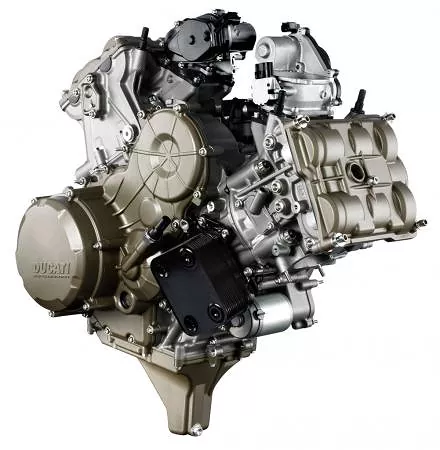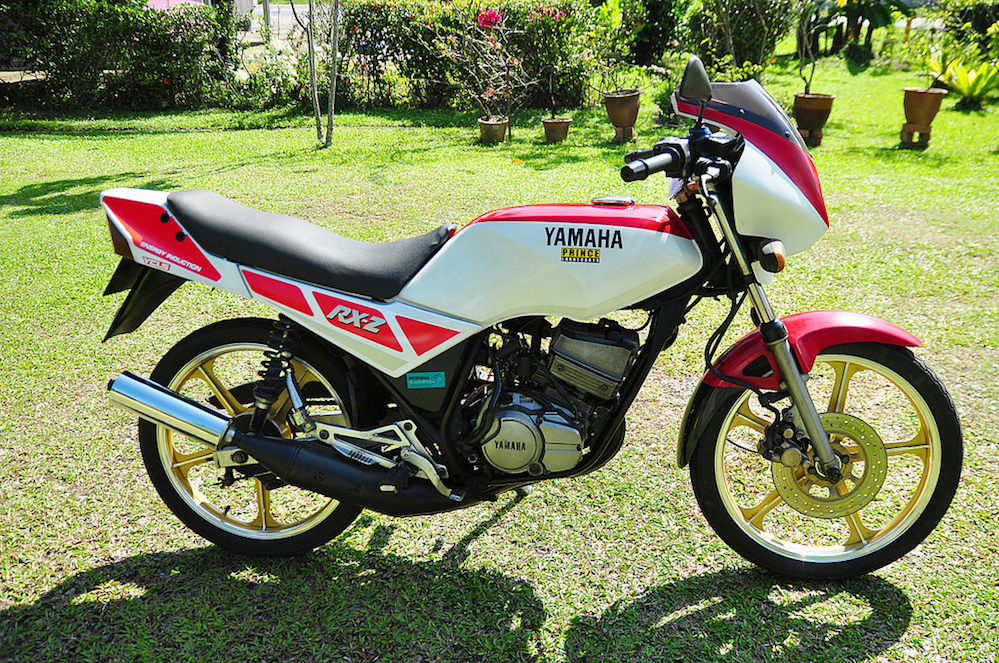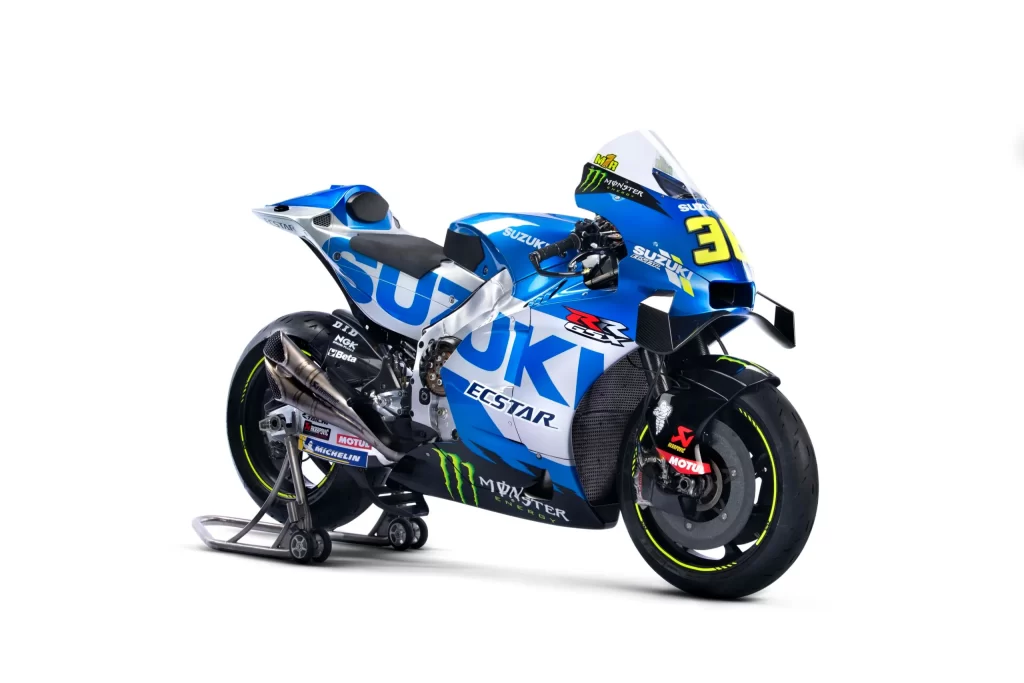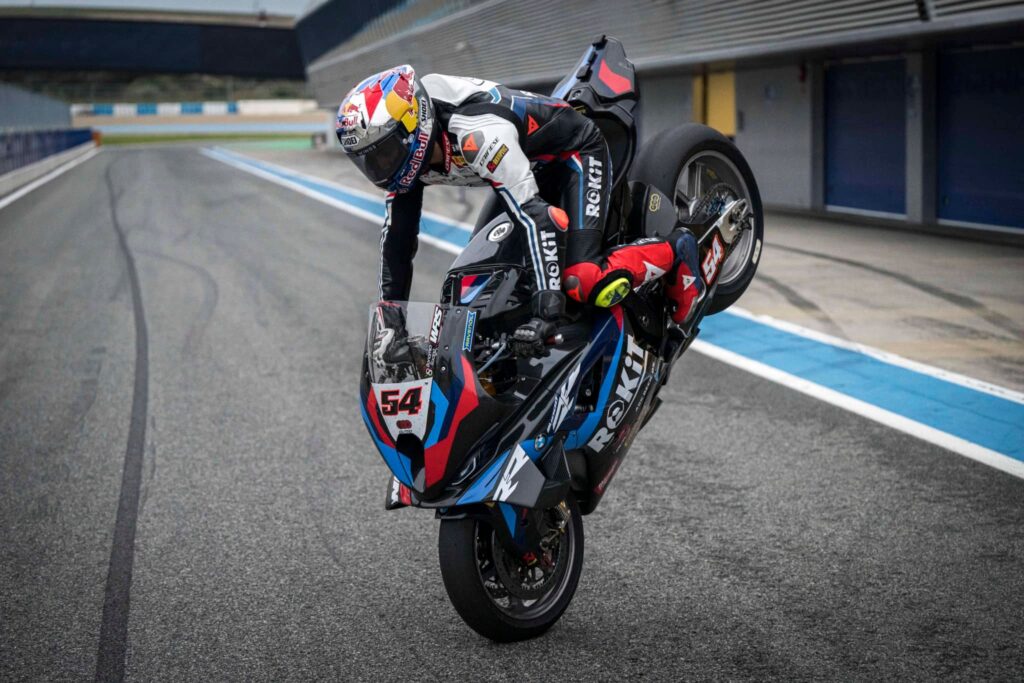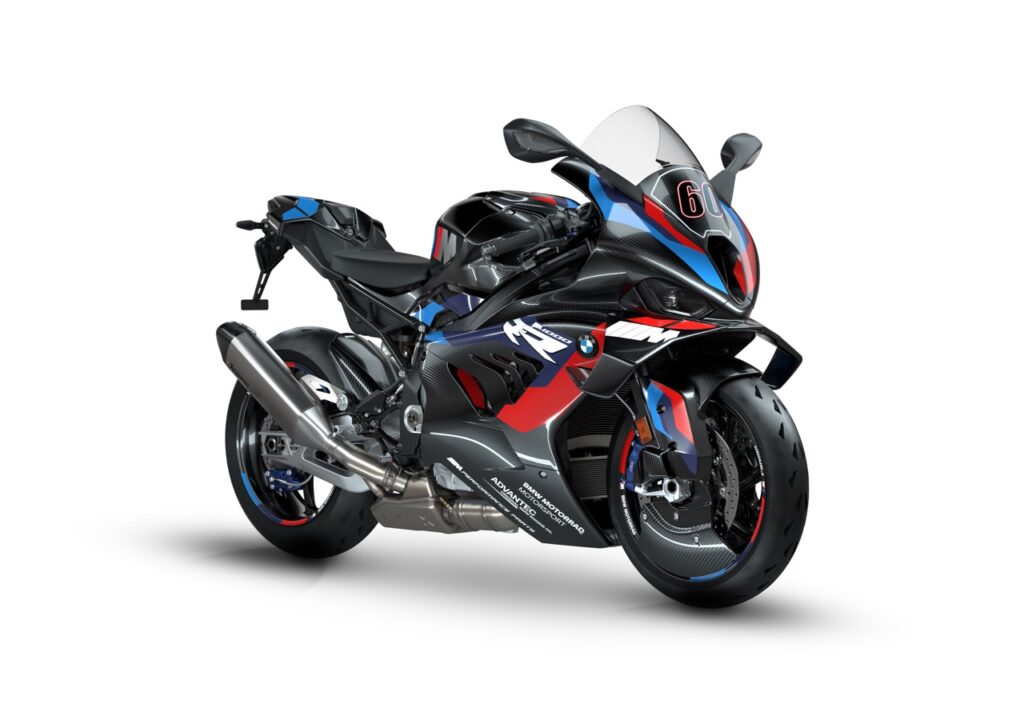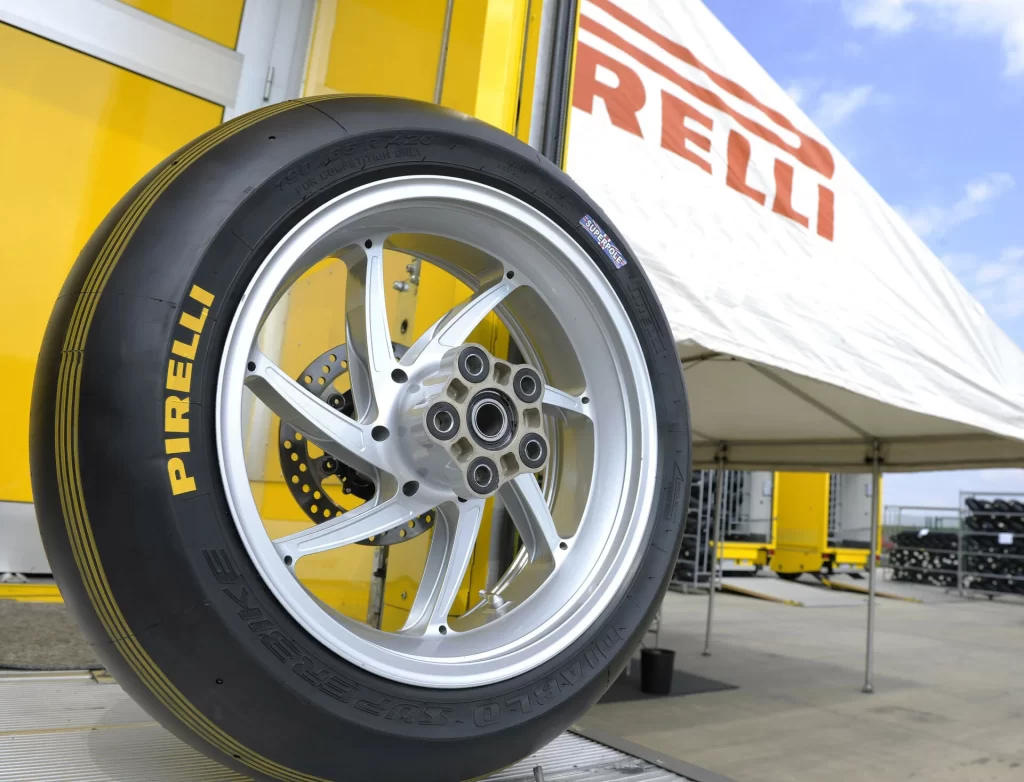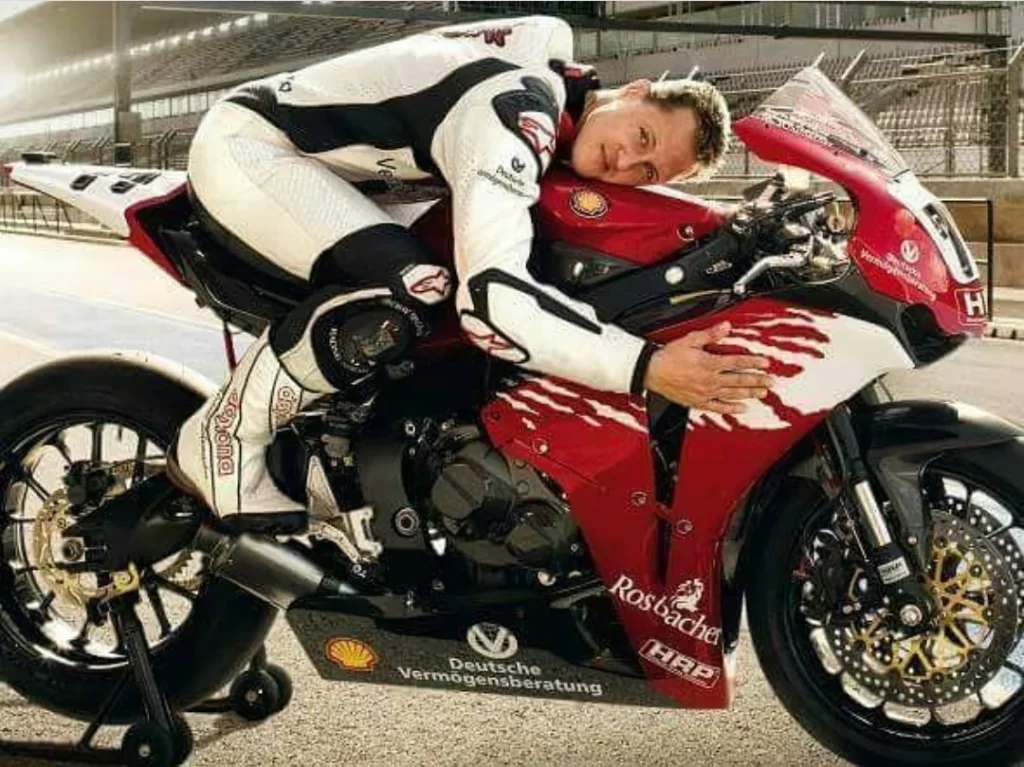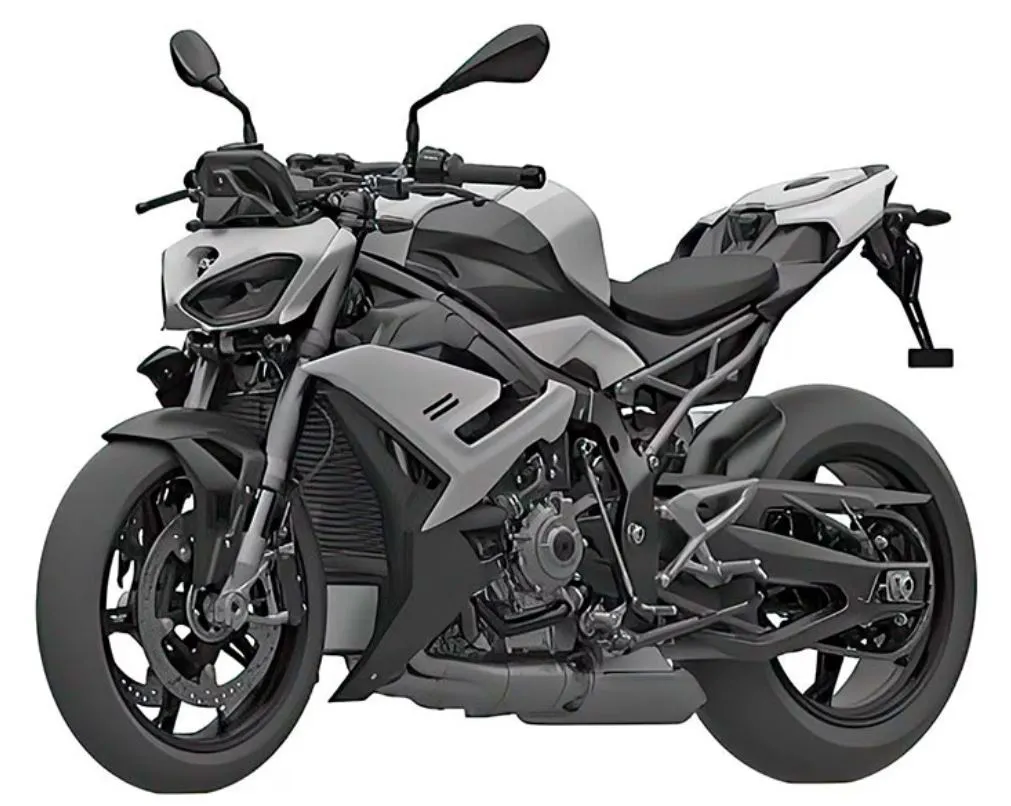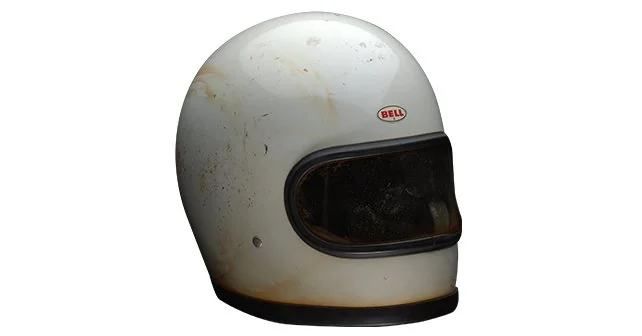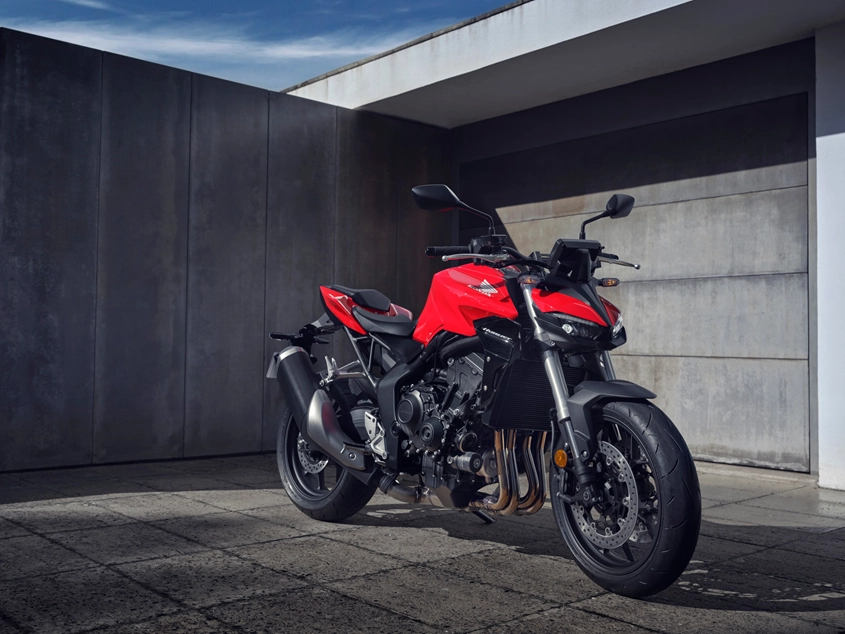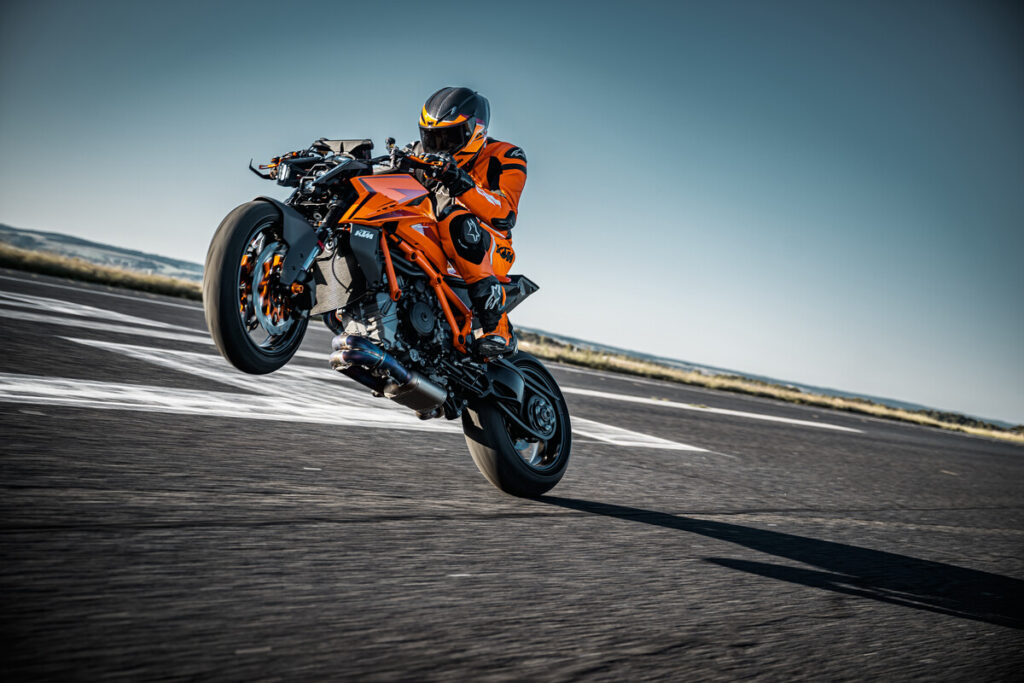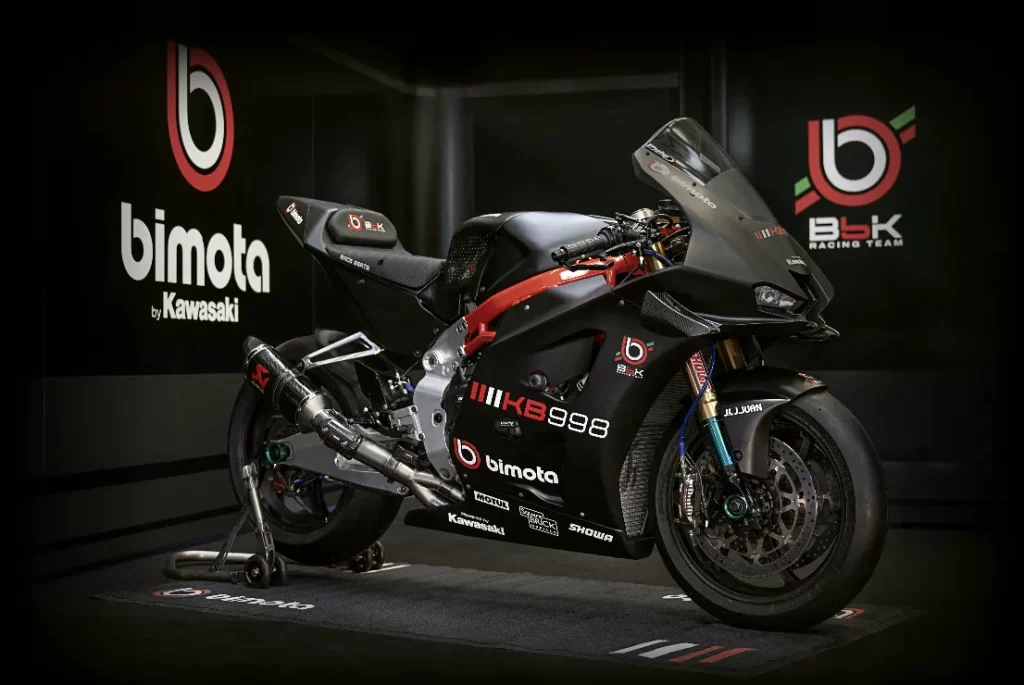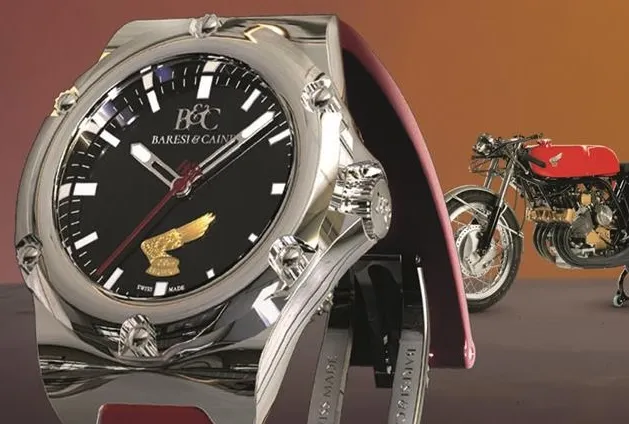We have always said: Never, ever ride without insurance coverage. But picking the right insurance is never easy. We have learned it the hard way in our many years of riding. Well, worry no more because Zurich General Insurance Malaysia Berhad (ZGIMB) has launched two new motorcycle insurance plans called Z-Rider (EW) and Z-Rider (Plus).
From press release:
Zurich General Insurance Malaysia Berhad (ZGIMB) unveils two new motorcycle insurance plans, the Z-Rider (EW) and Z-Rider (Plus). These innovative plans aim to provide Malaysian motorcyclists with comprehensive protection and peace of mind on the road.
With over 16 million motorcycles in Malaysia, ZGIMB recognises the need for tailored motorcycle insurance solutions. The Z-Rider series addresses this gap by offering features that specifically benefit motorcycle riders. This aligns with Zurich Malaysia’s ‘Care For What Matters’ brand ethos, emphasising innovation, convenience, and empathy.
“The launch of Z-Rider (EW) and Z-Rider (Plus) marks a significant step forward in motorcycle insurance in Malaysia,” said Junior Cho, Country CEO/Head of Zurich Malaysia. “We’re proud to be the first insurer to offer a complimentary extended warranty, providing exceptional value to our customers. These plans offer comprehensive coverage and valuable benefits, making ZGIMB the ideal partner for a safe and secure riding experience.”
Z-Rider (EW): A Market-First
The Z-Rider (EW) is a groundbreaking addition to the market. It offers a complimentary extended warranty, which is a unique benefit that is the first in the market, ensuring optimal protection for riders. The key benefits* are as follows:
- Complimentary Extended Warranty: Applies to new motorcycles up to 200cc (excluding electric bikes) purchased with a two-year manufacturer’s warranty through ZGIMB’s authorised agents who are motorcycle dealers.
- Breakdown Towing Service: Coverage up to 60 km.
- Personal Accident Coverage: RM5,500 per policyholder.
Z-Rider (Plus): Comprehensive Coverage For Diverse Needs
Designed for motorcycles under 250cc. This comprehensive plan provides a wider range of benefits tailored to diverse rider needs. The key benefits* are as follows:
- Breakdown Towing Service: Coverage up to 60 km.
- Personal Accident Coverage: RM5,500 per policyholder.
- Flood Allowance: RM1,000.
- Accident Towing: RM100.
Further details on Zurich Malaysia’s Z-Rider series can be found on the official website at https://www.zurich.com.my/insurance-products/protection/for-my-vehicle/z-rider and https://www.zurich.com.my/takaful-products/protection/for-my-vehicle/z-rider-takaful.
* Terms and conditions apply.
About Zurich Malaysia
Zurich Malaysia is a collective reference term for the Zurich Insurance Group (Zurich) business subsidiaries operating in Malaysia: Zurich General Insurance Malaysia Berhad, Zurich Life Insurance Malaysia Berhad, Zurich General Takaful Malaysia Berhad and Zurich Takaful Malaysia Berhad. Zurich Malaysia offers a broad range of comprehensive insurance and takaful solutions; helping individuals as well as business owners understand and protect themselves, their businesses and their assets from risk. Zurich Malaysia has an integrated branch network in major cities nationwide as well as dedicated agency and distribution channels nationwide to serve the needs of its customers. For further information on Zurich Malaysia, visit www.zurich.com.my.







